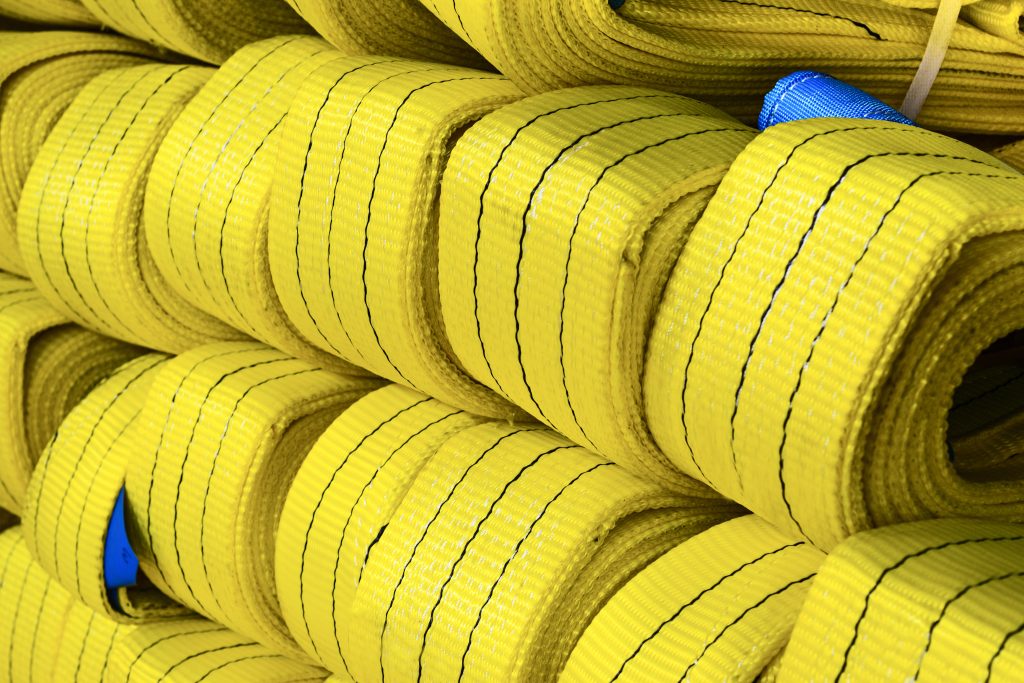Webbing refers to a wide fabric woven with varying thread counts to create a wide band or strap. It is formed by weaving synthetic or natural fibers that are flat, straight, non-elastic and suitable for stitching, gluing and clamping. Webbing is widely used in safety harnesses and belts, military gear, climbing equipment, seating and more. Safety harnesses and belts manufactured using high-strength polyester or nylon webbings are essential for workers operating in risky work environments like construction sites, shipyards and mines to prevent fall hazards. Increasing concerns over workers’ safety and stringent workplace safety regulations across industries are driving the demand for safety gears worldwide.
The global webbing market is estimated to be valued at US$ 941.85 Mn in 2023 and is expected to exhibit a CAGR of 18% over the forecast period 2023 to 2030, as highlighted in a new report published by Coherent Market Insights.
Market Dynamics:
Rising Use in Safety Harnesses and Belts: Rapid infrastructure development and expansion of construction activities globally have increased the number of workers exposed to risk of fall from height at construction sites. Strong webbings are vital components of full body harnesses and safety belts that ensure secure attachment of workers to anchorage points. Stringent workplace safety compliances mandate the use of such safety gears, boosting the demand for high-strength webbings.
Growth in Outdoors and Adventure Sports: Participation in adventure sports and outdoor recreational activities has surged significantly over the years. Webbing finds wide application in manufacturing climbing ropes, rock-climbing harnesses, seat belts for off-road vehicles and other equipment necessary for these activities. Increasing consumer enthusiasm towards adventure sports is projected to propel the webbing market.
Segment Analysis
The webbing market is segmented based on material, application, and end use industry. Based on material, the polyester segment dominates the market, accounting for over 50% share. Polyester material is widely preferred for webbing due to its properties like high tensile strength, durability, and resistance to abrasion. In terms of application, the equipment webbing segment has the highest market share as webbing is used in various equipment like backpacks, luggage, and sports equipments. The industrial end use industry dominates the market due to high demand for webbings in construction, automotive, andcargo transportation.
PEST Analysis
Political: The growth of the construction and automotive industries drives the demand for webbing. Supportive government policies towards the development of infrastructure will boost the webbing market.
Economic: Rise in disposable incomes is increasing outdoor and recreational activities, fueling sales of products using webbing. High economic growth in emerging nations is creating new opportunities.
Social: Changing lifestyle and increased health consciousness is propelling participation in sports and adventure activities, augmenting demand. Rising urbanization is also a key trend.
Technological: Manufacturers are focusing on development of lightweight and high-strength webbing materials. Advances in material science and production technologies will further expand application scope.
Key Takeaways
The Global Webbing Market Size is expected to witness high growth at a CAGR of 18% during the forecast period of 2023 to 2030. The global webbing market is estimated to be valued at US$ 941.85 Mn in 2023 and is expected to exhibit a CAGR of 18% over the forecast period 2023 to 2030.
Regional analysis shows that Asia Pacific dominates with over 35% share owing to rapid industrialization and infrastructural development projects in countries like China and India. The construction industry in North America and Europe is also driving demand.
Key players operating in the webbing market are Velcro, Oppermann, American Cord & Webbing, NARA Webbing, and Bally Ribbon Mills. Regional players are expanding globally through mergers and acquisitions to strengthen market position. Key players are investing in R&D to develop advanced materials with augmented properties. Innovation and product portfolio expansion are key strategies being adopted.
*Note:
1. Source: Coherent Market Insights, Public sources, Desk research
2. We have leveraged AI tools to mine information and compile it




